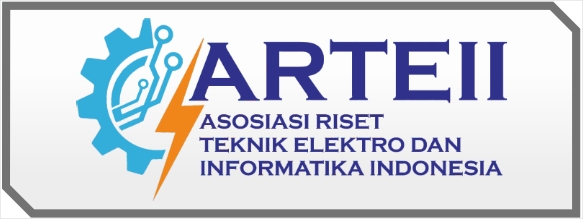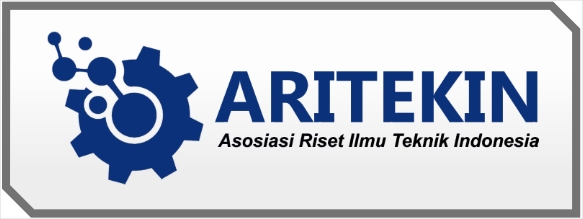Perancangan Sistem Pembelajaran Online Dengan Pendekatan Metode Waterfall (Studi Kasus: SMK PGRI 109 Tangerang)
DOI:
https://doi.org/10.59581/jusiik-widyakarya.v1i3.922Keywords:
waterfall method, online learningAbstract
Information technology is growing rapidly from year to year. In the field of education, learning processes based on information technology are no longer unavoidable. Online learning is a scheme called e-learning that has the effect of transforming traditional education into a digital system. In this study, the data collection method used was interviews, observation and documentation to obtain information or data related to the research focus. The design of this application system uses an approach with the waterfall method which consists of the requirements analysis, design, implementation, testing/verification, and maintenance stages, with a web-based programming language including HTML for display design, PHP for creating dynamic websites and SQL as a data storage container. . The results of this research are that this e-learning application can optimize students' understanding of learning, images, animation, audio and video and the teaching and learning process continues when students or teachers are unable to attend..
References
Andry, J., & Stefanus, M. (2020). Pengembangan Aplikasi E-learning Berbasis Web Menggunakan Model Waterfall Pada SMK Strada 2 Jakarta. Jurnal Fasilkom, 10(1), 1–10. https://doi.org/10.37859/jf.v10i1.1878
Destriana, R., Husain, S. M., Handayani, N., & Siswanto, A. T. P. (2021). Diagram Dalam Membuat Aplikasi Android Firebase “Studi Kasus Aplikasi Bank Sampah.” Deepublish.
Dewi, N. A. K., Aprianto, Ibnuwati, S., & Utami, B. H. S. (2022). Pengembangan E-Learning Berbasis Android pada SMK Bahrul Maghfirah sebagai Media Pembelajaran Online. Attractive : Innovative Education Journal, 4(2), 144–155.
Ginantra, N. L. W. S. R., Wardani, N. W., Aristamy, I. G. A. A. M., Suryawan, I. W. D., Ardiana, D. P. Y., Sudipa, I. G. I., Diragayusari, A. M., Mahendra, G. S., Ariasih, N. K., & Parwita, W. G. S. (2020). Basis Data Teori dan Perancangan (Pertama). Yayasan Kita Menulis.
Hardianty, D. A., Yustiana, I., & Somantri. (2022). Rancang Bangun Aplikasi E-Learning Berbasis Progressive Web Apps Untuk Menunjang Pembelajaran Online dengan Metode Prototyping. Jurnal Sains Komputer & Informatika (J-SAKTI), 6(2), 754–765.
Purba, R. A., Simarmata, J., AUM, W. O. R., Darsin, Jamaludin, Ichwani, A., Arni, S., Praseptiawan, M., Nur, M. N. A., & Muslihi, M. T. (2022). Pengembangan Sistem Informasi: Analisis, Pemodelan, dan Perangkat Lunak (R. Watrianthos (ed.)). Yayasan Kita Menulis.
R Gilang.K. (2020). Pelaksanaan Daring Di Era Covid-19 (L. Nurtika (ed.); Pertama). Lutfi Gilang.
Restu Ningsih, S., & Erdisna. (2021). Implementasi E-Learning Sebagai Media Pembelajaran Online Bagi Siswa Sekolah Menengah Kejuruan (Smk). JOISIE Journal Of Information System And Informatics Engineering, 5(1), 20–28.
Robo, S., Sah, A., Sidarmawan, A. T., & Jufri, M. T. (2021). Penerapan Metode Waterfall Dalam Pengembangan Sistem Informasi E-learning (Studi Kasus: SMP Negeri 5 Jayapura). JSAI : Journal Scientific and Applied Informatics, 4(2), 154–164. https://doi.org/10.36085
Yuliani, M., Simarmata, J., Susanti, S. S., Mahwati, E., Sudra, R. I., Dwiyanto, H., Irawan, E., Ardiana, D. P. Y., Muttaqin, & Yuniwati, I. (2020). Pembelajaran Daring Untuk Pendidikan: Teori dan Penerapan (A. Rikki (ed.)). Yayasan Kita Menulis.
Downloads
Published
How to Cite
Issue
Section
License
Copyright (c) 2023 Asep Suryadi, Andi Romansyah

This work is licensed under a Creative Commons Attribution-ShareAlike 4.0 International License.













